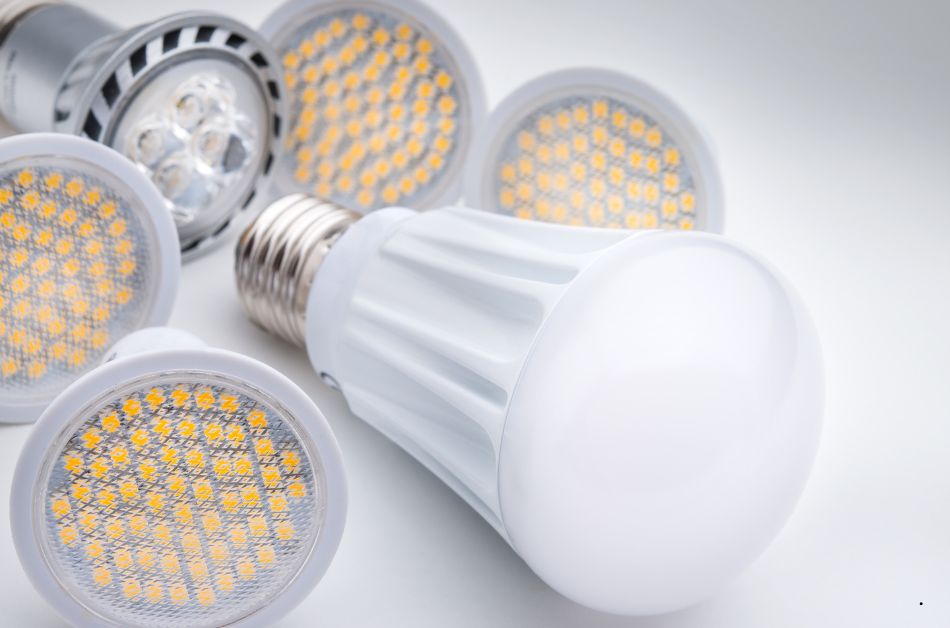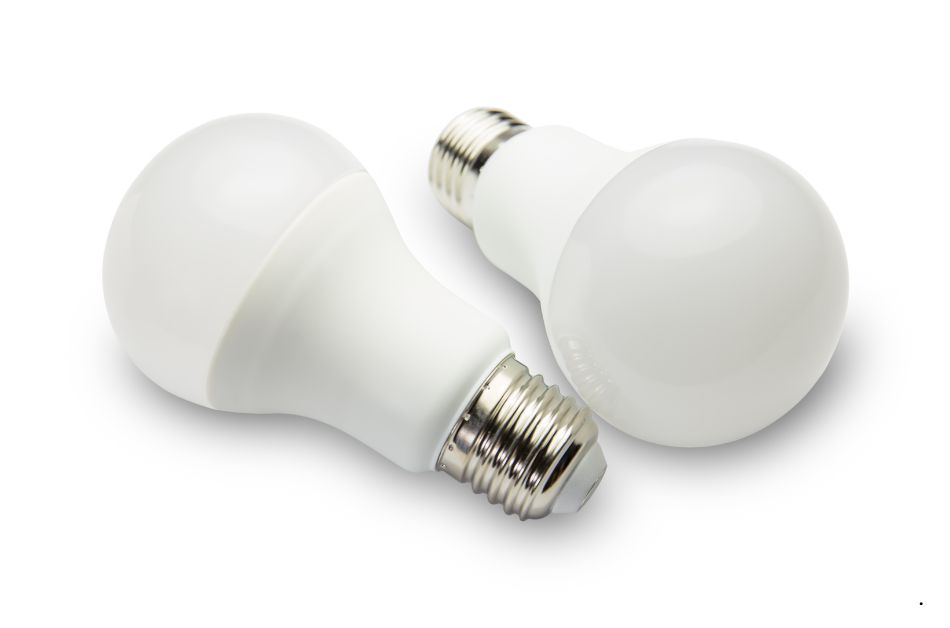LED lights have indeed gained significant popularity in recent years, largely due to their multitude of advantages. By harnessing the power of light-emitting diodes, these lights offer exceptional energy efficiency and durability, making them a practical and sustainable choice for modern homes. In the following sections, we will delve deeper into the myriad benefits that LED lights bring to the table, shedding light on why they have become a preferred lighting solution for many households. So, continue reading to uncover the full spectrum of advantages that LED lights can offer in illuminating your living space.
1. Energy Efficiency
One of the biggest advantages of LED lights is their energy efficiency. LED lights consume significantly less energy compared to traditional lighting options. They require only a fraction of the electricity to produce the same amount of light, resulting in substantial energy savings. This not only reduces electricity bills but also helps in conserving natural resources and reducing greenhouse gas emissions. LED lights are an eco-friendly lighting solution that can contribute to a greener and more sustainable future.
2. Longevity and Durability
LED lights are known for their exceptional longevity and durability. Unlike traditional bulbs that burn out relatively quickly, LED lights have an incredibly long lifespan. On average, an LED light can last up to 50,000 hours or more, which is significantly longer than incandescent or fluorescent bulbs. This extended lifespan not only reduces the frequency of replacements but also saves money in the long run. Additionally, LED lights are highly durable and resistant to shock, vibrations, and extreme temperatures, making them ideal for various indoor and outdoor applications.
3. Improved Lighting Quality
LED lights offer superior lighting quality compared to traditional lighting options. They produce a bright and clear light that closely resembles natural daylight, providing excellent visibility and color rendering. LED lights can enhance the aesthetics of any space by creating a well-lit and visually appealing environment. Moreover, LED lights do not flicker or produce any buzzing sounds, ensuring a comfortable and pleasant lighting experience.
4. Versatility in Design and Application
LED lights come in a wide range of designs and form factors, offering immense versatility in terms of application and design. They can be found in various shapes, sizes, and colors, allowing for creative and customized lighting solutions. LED lights can be used for general lighting, task lighting, accent lighting, and even decorative lighting. They are widely used in residential, commercial, and industrial settings, including homes, offices, retail stores, hospitals, and outdoor spaces. LED lights can be easily integrated into existing lighting fixtures or used in innovative ways to create unique lighting designs.
5. Instantaneous Lighting
LED lights provide instant illumination without any warm-up time. Unlike traditional bulbs that take a few seconds to reach their full brightness, LED lights turn on instantly at their maximum output. This feature is particularly beneficial in areas where immediate lighting is required, such as staircases, hallways, and outdoor spaces. LED lights also do not experience any performance degradation due to frequent switching on and off, making them highly reliable for applications that require frequent lighting control.
6. Environmentally Friendly
LED lights are an environmentally friendly lighting option. They do not contain any harmful substances like mercury, which is commonly found in traditional fluorescent bulbs. This makes LED lights safer to use and easier to dispose of. Additionally, LED lights consume less energy, resulting in lower carbon emissions and reduced impact on the environment. By choosing LED lights, individuals and businesses can contribute to energy conservation and sustainability.
7. Cost Savings
While LED lights may have a higher upfront cost compared to traditional bulbs, they offer significant cost savings in the long run. LED lights consume less energy, resulting in lower electricity bills. Their long lifespan eliminates the need for frequent replacements, saving money on maintenance and replacement costs. Moreover, LED lights produce less heat, reducing the load on air conditioning systems and further contributing to energy savings. The overall cost savings associated with LED lights make them a cost-effective lighting solution in the long term.
8. Enhanced Safety Features
LED lights come with enhanced safety features compared to traditional lighting options. They operate at low voltage and generate minimal heat, reducing the risk of electrical and fire hazards. LED lights do not emit harmful ultraviolet (UV) or infrared (IR) radiation, making them safe for use in areas where sensitive materials or people are present. Additionally, LED lights are highly reliable and have a lower risk of failure or malfunction, ensuring a safe and secure lighting environment.
9. Low Heat Emission
LED lights are known for their low heat emission. Unlike traditional incandescent bulbs, LED lights produce very little heat, which means they are more efficient in converting electricity into light. This not only reduces energy waste but also helps to lower cooling costs in warmer climates, as there is less heat generated by the lighting fixtures.
Another advantage of LED lights in terms of low heat emission is their safety. LED lights remain cool to the touch even after hours of operation, reducing the risk of burns or fire hazards. This makes them ideal for use in homes with children or pets.
10. No UV Emissions:
LED lights do not emit ultraviolet (UV) radiation. Unlike traditional lighting options such as incandescent bulbs, LED lights produce very little UV radiation, making them safer for human health and minimizing the risk of damage to sensitive materials.
UV radiation can be harmful to the skin and eyes, and prolonged exposure to it can lead to various health issues, including skin cancer and eye damage. By using LED lights, you can create a safer environment for yourself and your family.
In conclusion, LED lights offer numerous benefits for home use. They are highly energy-efficient, long-lasting, and provide improved lighting quality. LED lights are versatile in design and application, offering a wide range of options for different lighting needs. They also offer instantaneous lighting, are environmentally friendly, and come with enhanced safety features. With their low heat emission, LED lights are a reliable and safe lighting choice. Consider switching to LED lights to enjoy these benefits and contribute to a more sustainable future.



